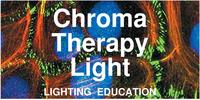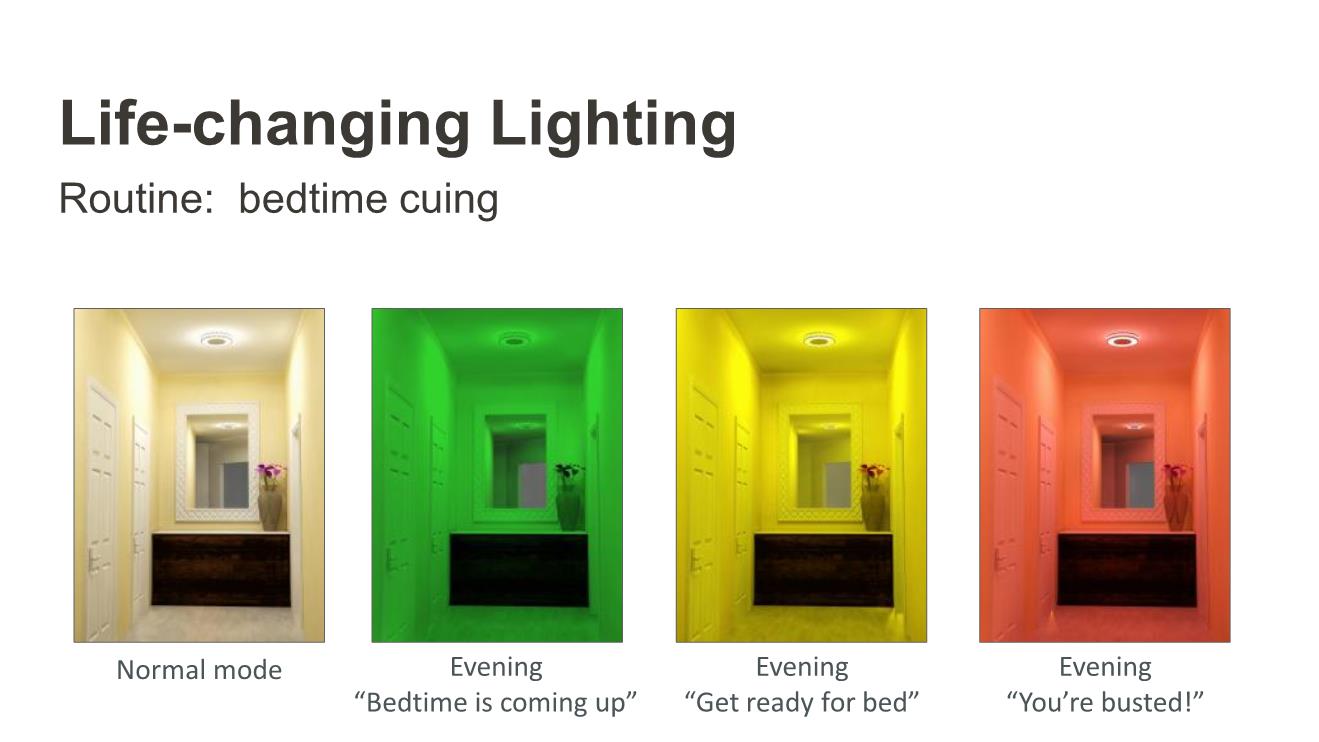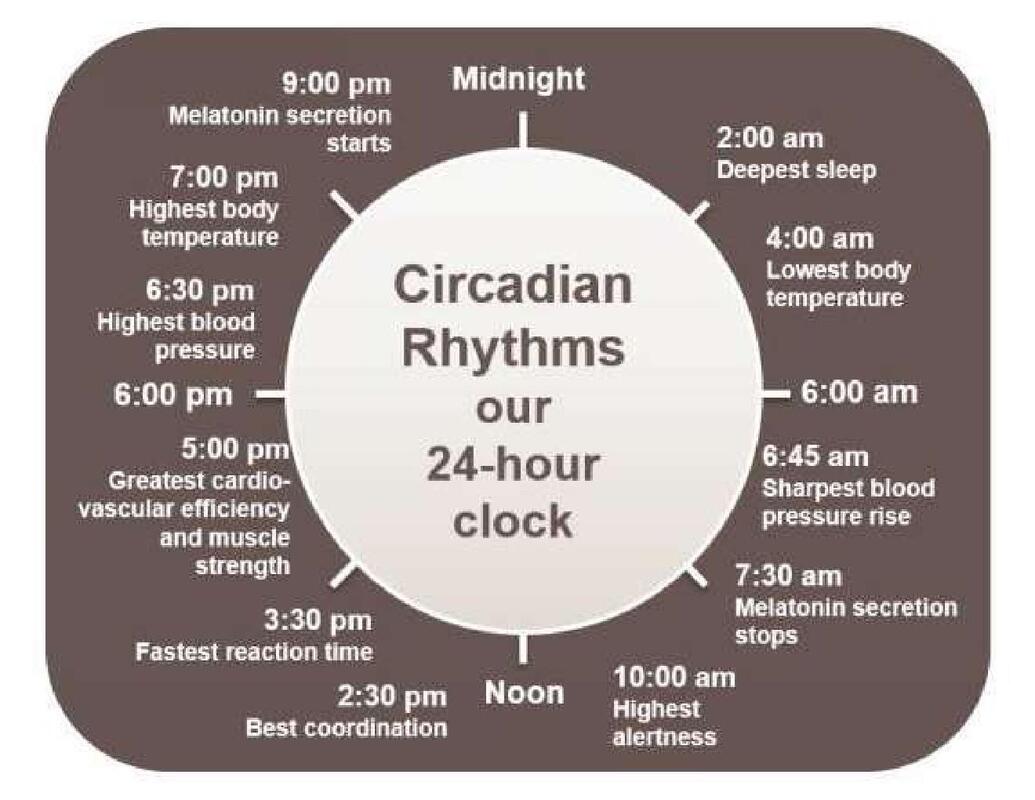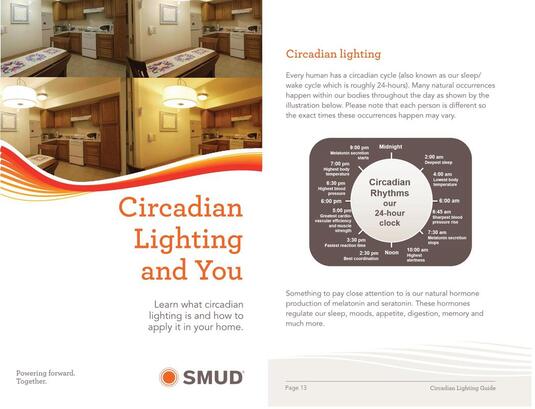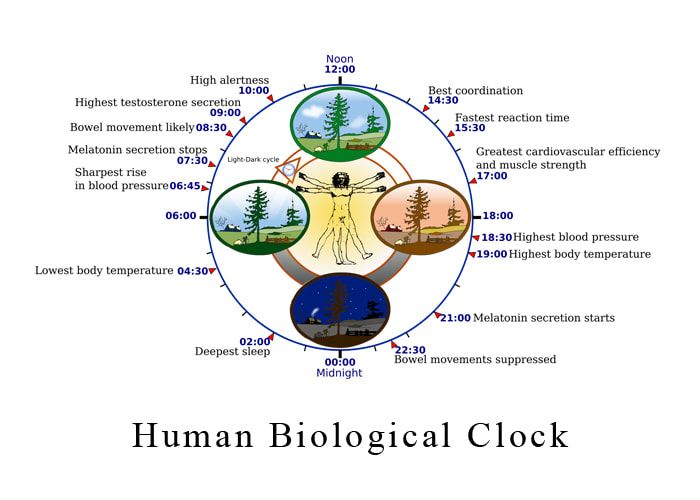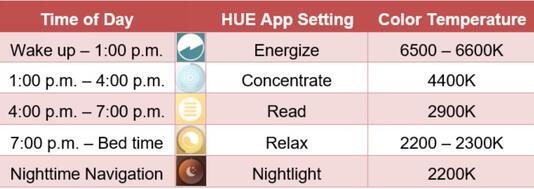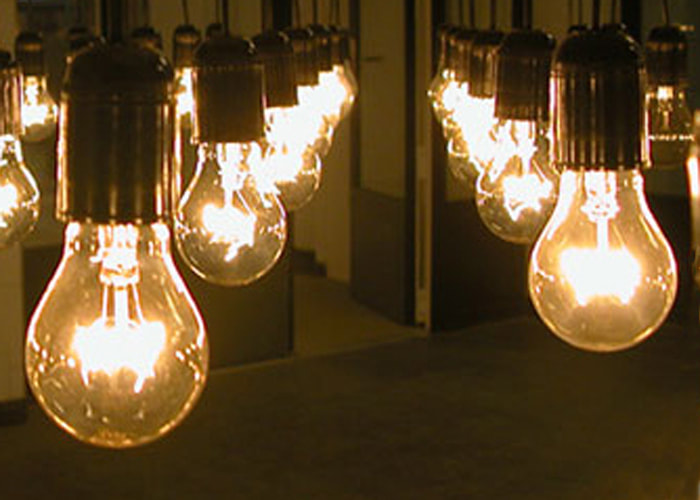Lighting for the Spectrum
|
Six Tips for helping your child to go to sleep
Three tips for morning wake up
Lighting Control Empowers
Avoiding GlareGlare is the effect of brightness or differences in brightness within the visual field sufficiently high to cause annoyance, discomfort, or loss of visual performance. Sensitive individuals may feel extreme reaction to any or all glare types, and avoidance behaviours may occur.
Glare – Disability Glare If task performance is affected, it is called disability glare Glare – Discomfort Glare Visual discomfort caused by excessive brightness is called discomfort glare. Glare – Direct Glare Glare resulting from very bright sources of light in the field of view. It usually is associated with bright light from luminaires and windows. A direct glare source may affect occupant’s performance by reducing the apparent contrast of objects in the field of view, especially those near the source of light. Glare – Indirect Glare Glare produced from a reflective surface. Glare – Reflected Glare or Veiling Reflection Glare resulting from bright reflections from polished, glossy, or illuminated objects and surfaces in the field of view. Veiling reflections reduce visual contrast and make it difficult to complete seeing tasks such as reading glossy magazines or looking through windows or at computer screens. Often windows or light fixtures will reflect off surfaces obscuring what is beneath, anticipate this visual obstacle by careful placement of lights, windows, and tasks. Remember with glare, 'the angle of incidence equals the angle of reflection' just like billiards. Visual Comfort Probability (VCP) A rating system for evaluating direct discomfort glare. This method is a subjective evaluation of visual comfort, when viewing from a specific location and in a specified direction, expressed as the percent of occupants of a space who will be bothered by direct glare. VCP allows for several factors: luminaire luminances at different angles of view, luminaire size, room size, luminaire mounting height, illuminance, and room surface reflectivity. VCP tables are often provided as part of photometric reports by lighting manufacturers. For more on Glare visit: https://www.chromatherapylight.com/led-glare.html LED Glare Learn More
Footnotes
Photo Credits
|
- Home
-
- CHROMA Topics
- Color Spectrum - Light is Energy
- Color in Light
- Color in Nature
- Color in Paint
- Why does paint fade?
- Color Names & Meanings
- Color Phenomena
- Color Perception is Individual
- Color In Fashion
- Color for your home
- Color in Space
- Color Blindness
- Color Blind Interview
- Synesthesia
- Synesthete Deborah Borrowdale-Cox
- Synesthete Stephen Orr, BH&G Editor
-
- Circadian & THERAPY Topics
- Circadian Explained
- Circadian Ganglion Cells
- Circadian Melatonin
- Circadian Animals
- Circadian Research
- Autism & Lighting for the Spectrum
- Blue Light Dimming Apps
- Red Night Lights
- Vitamin D & Light
- SAD - Seasonal Affective Disorder
- Alzheimers and Light Therapy
- Photosensitivity - Light Sensitive Drugs
- Red Light Therapy
- Sleep & Lighting
- Dreams and Second Sleep
- NASA - Lighting in Space & Undersea
- Jet Lag
- Sunglasses
- Chakras
- Crystals, Minerals, & Gemstones
-
- LIGHTing Design Topics
- UV Germicidal Disinfection Light
- LED Lighting Facts Card
- CRI - Color Rendering Index
- LED TM-30
- LED Kelvin Color
- LED LPW
- LED Flicker
- LED Glare
- OLED - Organic LED
- Human Centric Lighting
- Lighting with Daylighting
- Lighting for Healthy Buildings & Zero Net Energy
- Lighting for Healthcare
- Lighting for Horticulture
- Lighting for Hospitality & LED Retrofits
- Lighting for Museums
- Lighting for Seniors & Low Vision
- Lighting Design Tips & Codes
- Parking Lot Lighting
- Solar Lighting for Humanity & World Health
- Davis Insectary Garden
- Santa Barbara Mesa Insectary Garden
- Home
-
- CHROMA Topics
- Color Spectrum - Light is Energy
- Color in Light
- Color in Nature
- Color in Paint
- Why does paint fade?
- Color Names & Meanings
- Color Phenomena
- Color Perception is Individual
- Color In Fashion
- Color for your home
- Color in Space
- Color Blindness
- Color Blind Interview
- Synesthesia
- Synesthete Deborah Borrowdale-Cox
- Synesthete Stephen Orr, BH&G Editor
-
- Circadian & THERAPY Topics
- Circadian Explained
- Circadian Ganglion Cells
- Circadian Melatonin
- Circadian Animals
- Circadian Research
- Autism & Lighting for the Spectrum
- Blue Light Dimming Apps
- Red Night Lights
- Vitamin D & Light
- SAD - Seasonal Affective Disorder
- Alzheimers and Light Therapy
- Photosensitivity - Light Sensitive Drugs
- Red Light Therapy
- Sleep & Lighting
- Dreams and Second Sleep
- NASA - Lighting in Space & Undersea
- Jet Lag
- Sunglasses
- Chakras
- Crystals, Minerals, & Gemstones
-
- LIGHTing Design Topics
- UV Germicidal Disinfection Light
- LED Lighting Facts Card
- CRI - Color Rendering Index
- LED TM-30
- LED Kelvin Color
- LED LPW
- LED Flicker
- LED Glare
- OLED - Organic LED
- Human Centric Lighting
- Lighting with Daylighting
- Lighting for Healthy Buildings & Zero Net Energy
- Lighting for Healthcare
- Lighting for Horticulture
- Lighting for Hospitality & LED Retrofits
- Lighting for Museums
- Lighting for Seniors & Low Vision
- Lighting Design Tips & Codes
- Parking Lot Lighting
- Solar Lighting for Humanity & World Health
- Davis Insectary Garden
- Santa Barbara Mesa Insectary Garden
